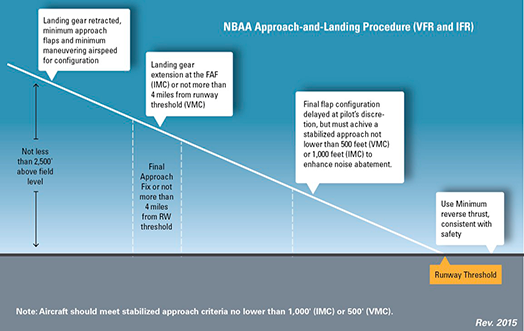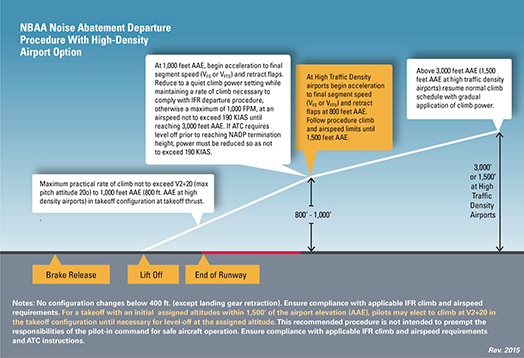Palo Alto Arpt Of Santa Clara Co Airport
Palo Alto, California, United States
Noise Abatement Information - Last update 11/24/2015
Overview
Palo Alto Airport (airport) is located within one-half mile of Highway 101. Airport staff is dedicated to promoting aviation while working cooperatively with residents of Palo Alto and surrounding communities. The airport is owned and operated by the City of Palo Alto and is a general aviation field. In addition to being the tenth busiest single runway airport in California, it is a reliever to three Bay Area airports. The airport has one paved runway 13/31, which measures 2,443 × 70 feet.
Palo Alto Airport Operations staff available from 7am to 9pm seven days a week.
Air Traffic Control Tower operated by the Federal Aviation Administration.
Temporary Information
Please stay connected with the City of Palo Alto regarding upcoming Construction activities. Please email PAO@CityofPaloAlto.org to be added to the distribution list.
Super Bowl 2016- No reservations are available. Space is provided on a first come-first served & space availability basis. Please check NOTAMs prior to flight.
Images / Diagrams
All Runways | Arrival & Departure
Noise Abatement Procedures

All Runways | Arrival & Departure
Noise Abatement Procedures

Preferential Runways
Preferred Runway for arrivals is Runway 31. Preferred Departure is Runway 13.
Pattern Altitudes
ALL VALUES ARE MSL (FEET)
Runway 31
Right Traffic 800’
Left Traffic 1000’
Runway 13
Left Traffic 800’
Right Traffic 1000’
Engine Runup
Engine run-ups to be conducted in the run-up areas only.
Community Groups/Info
Flight Track Monitoring
Precautionary Information
Use caution for birds on and in the vicinity of the Airport.
Drones sighted in the vicinity of the Airport, use caution.
Please report bird strikes and drone activities to the Tower or Airport Management.
Airport Contact Info
| Name: | James Wadleigh, Manager of Maintenance and Operations |
|---|---|
| Phone: | 650-329-2687 |
| Noise Hotline: | 650-329-2405 |
| Email: | James.Wadleigh@CityofPaloAlto.org |
| Web Address: | http://www.cityofpaloalto.org/gov/depts/pwd/palo_alto_airport/default.asp |
| Address: | 1925 Embarcadero Rd. Palo Alto CA 94303 |
NBAA Procedures
AOPA Noise Awareness Steps
Following are some general guidelines and techniques to minimize the noise impact produced by aircraft operating near the ground.
1. If practical, avoid noise-sensitive areas such as residential areas, open-air assemblies (e.g. sporting events and concerts), and national park areas. Make every effort to fly at or above 2,000 feet over the surface of such areas when overflight cannot be avoided.
2. Consider using a reduced power setting if flight must be low because of cloud cover or overlying controlled airspace or when approaching the airport of destination. Propellers generate more noise than engines; flying with the lowest practical rpm setting will reduce the aircraft's noise level substantially.
3. Perform stalls, spins, and other practice maneuvers over uninhabited terrain.
4. Many airports have established specific noise abatement procedures. Familiarize yourself and comply with these procedures.
5. To contain aircraft noise within airport boundaries, avoid performing engine runups at the ends of runways near housing developments. Instead, select a location for engine runup closer to the center of the field.
6. On takeoff, gain altitude as quickly as possible without compromising safety. Begin takeoffs at the start of a runway, not at an intersection.
7. Retract the landing gear either as soon as a landing straight ahead on the runway can no longer be accomplished or as soon as the aircraft achieves a positive rate of climb. If practical, maintain best-angle-of-climb airspeed until reaching 50 feet or an altitude that provides clearance from terrain or obstacles. Then accelerate to best-rate-of-climb airspeed. If consistent with safety, make the first power reduction at 500 feet.
8. Fly a tight landing pattern to keep noise as close to the airport as possible. Practice descent to the runway at low power settings and with as few power changes as possible.
9. If a VASI or other visual approach guidance system is available, use it. These devices will indicate a safe glidepath and allow a smooth, quiet descent to the runway.
10. If possible, do not adjust the propeller control for flat pitch on the downwind leg; instead, wait until short final. This practice not only provides a quieter approach, but also reduces stress on the engine and propeller governor.
11. Avoid low-level, high-power approaches, which not only create high noise impacts, but also limit options in the event of engine failure.
12. Flying between 11 p.m. and 7 a.m. should be avoided whenever possible. (Most aircraft noise complaints are registered by residents whose sleep has been disturbed by noisy, low-flying aircraft.)
Note: These recommendations are general in nature; some may not be advisable for every aircraft in every situation. No noise reduction procedure should be allowed to compromise safety.
Mandatory Restrictions (None)
None
Curfews (None)
None
Arrivals (Not Specified)
Not specified
Departures (Not Specified)
Not specified
Preferential Instrument Procedures (None)
None
Reverse Thrust (No Restrictions)
No restrictions
Intersection Takeoffs (No Restrictions)
No restrictions
APU Use (No Restrictions)
No restrictions
Flight Training (No Restrictions)
No restrictions
Stage II (No Restrictions)
No restrictions
Stage III (No Restrictions)
No restrictions
Noise Ordinance (None)
None
Noise Monitoring (None)
None
Prior Permission (PPR) Operations (None)
None
Airport Maps
Airport Contact
| Name: | James Wadleigh, Manager of Maintenance and Operations |
|---|---|
| Phone: | 650-329-2687 |
| Noise: | 650-329-2405 |
| Address: |
1925 Embarcadero Rd. Palo Alto CA 94303 |
Weather Data

Loading Most Current Data...
Airport Data
| Elevation: | 7 ft |
|---|---|
| City: | Palo Alto, California, United States |
| Sectional Chart: | San Francisco |
| Flight Service: | Oakland FSS |
| Control Tower: | Yes |
| Wind Indicator: | Yes |
| Fuel: | 100LLA |





